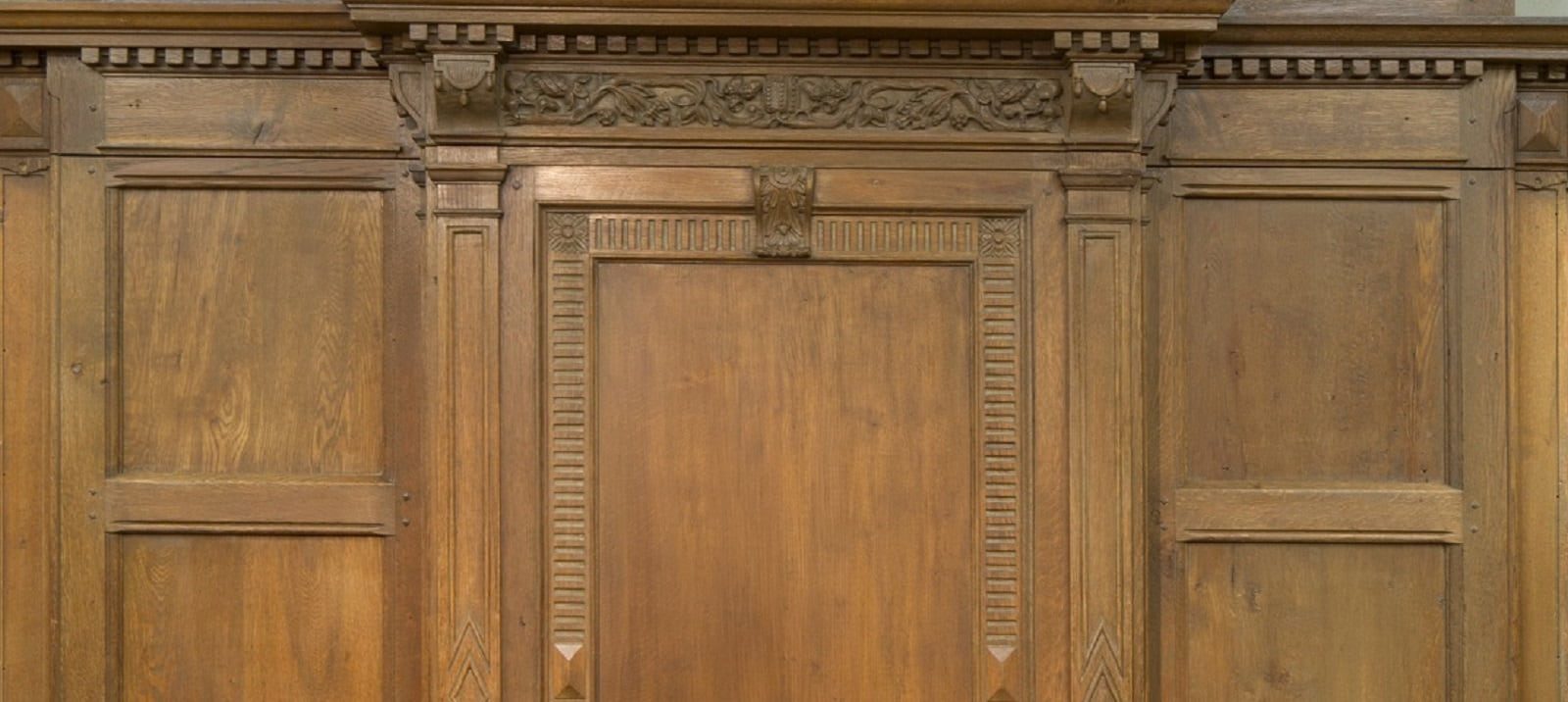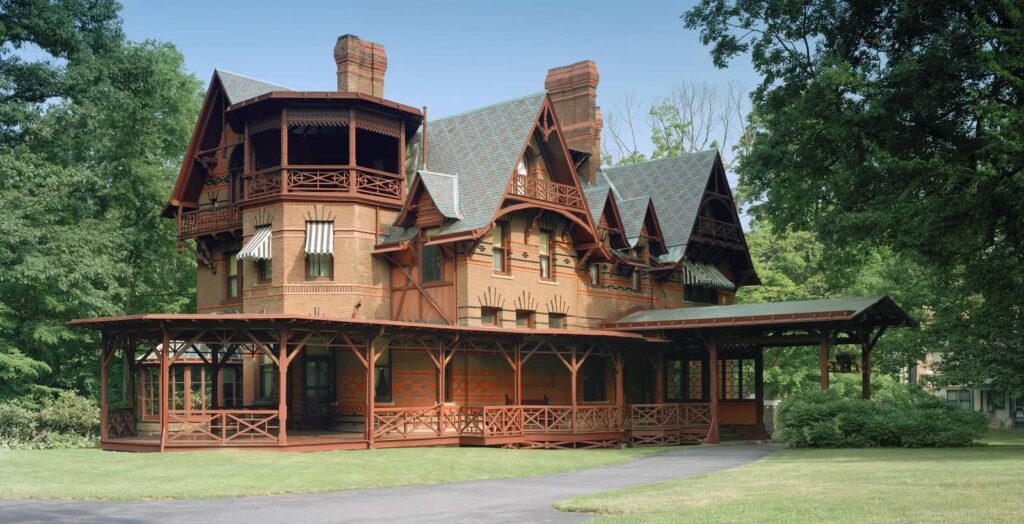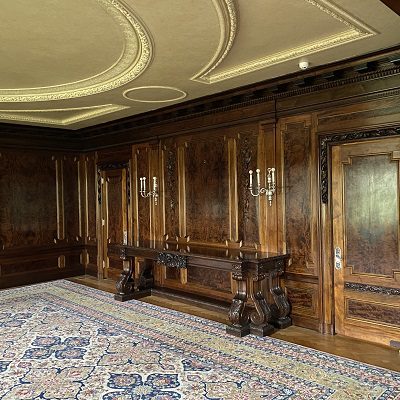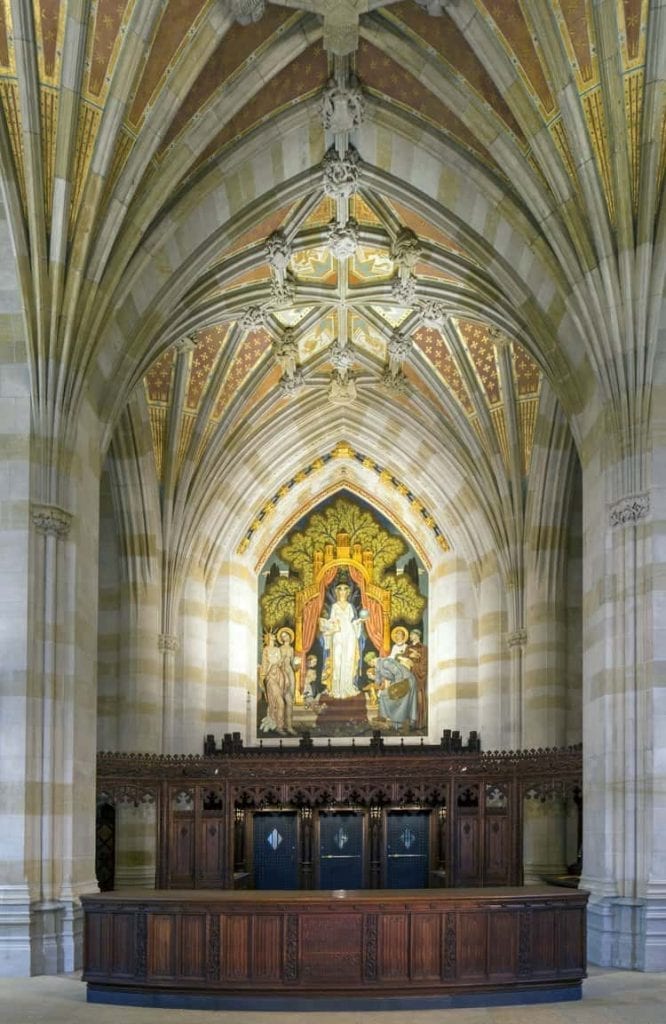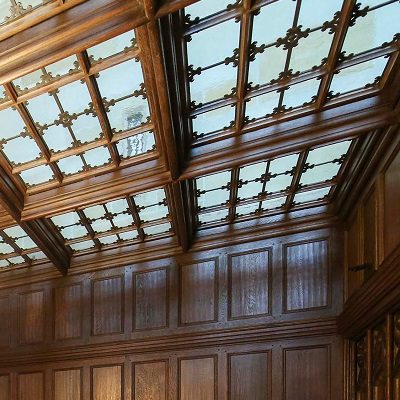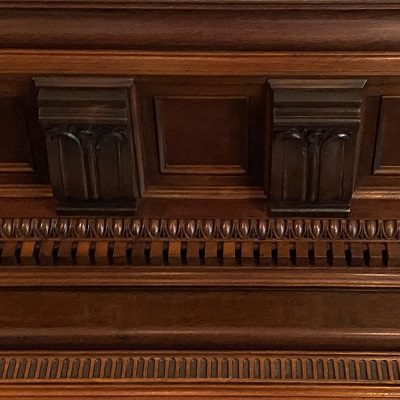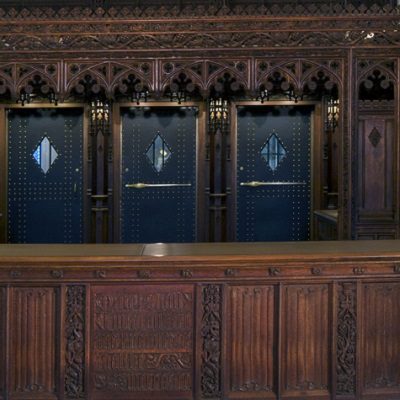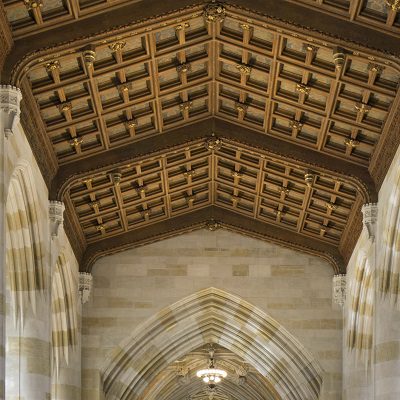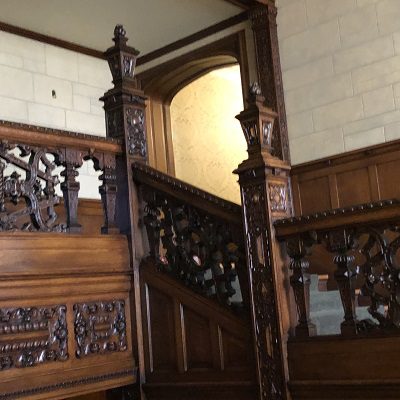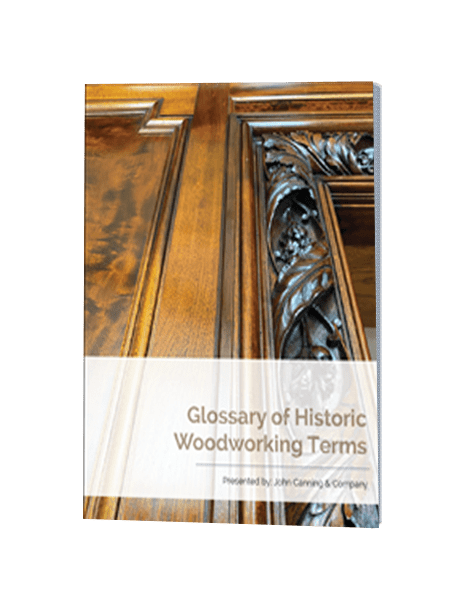Wood finishes have been used for thousands of years as a means of beautifying and protecting a wooden craft. Through historical analysis of antique wood, we can understand the process of finishing used by past artisans. The most common coatings used throughout history are oil, wax, shellac, and lacquer. These are in close relation to the three main varnishes: fixed-oil, essential-oil, and spirit varnish. From ancient Chinese’ woodwork to modern-day carpentry, the process of coating wood has been cultivated to create the most beautifying and protective finish.
Varnish
A varnish is a mixture of typically (drying) oil, resin, and even alcohol which creates a glossy and protective cover for wood. There are three general mixtures of varnish which serve specific purposes:
Fixed-Oil Varnish:
This varnish became popular due to its tough coating capability. Resin would be dissolved and mixed with linseed oil. This finish, though durable, is slow to dry; the linseed oil, rather than evaporating like the oils in many other varnishes, becomes part of the coating. The drying is through the process of oxidation therefore could take up to a few months, rendering this finish to be inefficient for many projects. The mixture is also highly flammable so it cannot be used in certain hazardous environments.
Essential-Oil Varnish:
This varnish, though less durable than the fixed-oil blend, dries quicker and has greater versatility. It comes from combining resin and turpentine; the solvent will evaporate after application thus facilitating the drying-process. Essential-oil varnish is used in most modern-day commercial projects.
Spirit-Varnish:
This varnish is the simplest mixture and is often the most effective coating for wood. It is a twofold mixture of resin and alcohol; the alcohol could be anything from spirits to wine, making it highly accessible and therefore more popular for the general public.
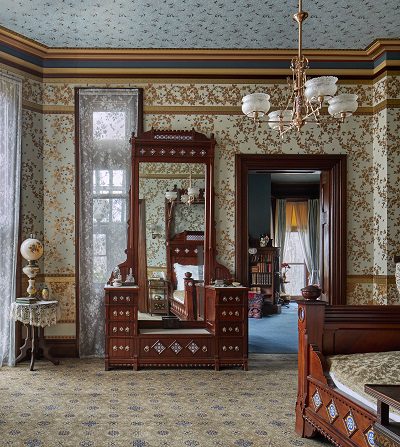
Restored woodwork that used varnish in the process at the Mark Twain House & Museum
Other Finishes
These three varnishes have a wide span of wood coating capabilities; the more specific finishes such as oil, shellac, wax, and lacquer, are important for treating wood that has a unique set of needs. Each enamel has its own strengths and weakness which gives it a distinct use.
Oil-Finish:
The oldest wood finish is arguably oil; traced back to ancient China, linseed and tung oil were most popular for everyday uses. Tung oil was squeezed from a tung tree nut while linseed oil was taken from a flax seed plant. These coatings, though easily accessible, were not easily applicable to wood and dried too slowly for efficiency. Even when flecks of metal were mixed in with the oil, the result was a dull and fragile varnish. The coatings therefore were used for furniture which had more delicate surface use e.g., chairs rather than tabletops.
Wax Finish:
This coating was made popular during the Victorian Era and was most commonly used in New England due to the excess natural wax. Often derived from bees-wax, this finish is easily applied and leaves a natural looking gloss on the wood. The main issue with this coating however is its lack of durability. It merely sits on top of the surface rather than penetrating into the pores of the wood; wax can therefore be scratched off easily and can even melt in the heat of the sun.
Shellac:
A unique mixture made from the resin of the lac bug; Shellac has been utilized to make many decorative finishes. It has been used in India for thousands of years but was only recently adopted in America around the 1800’s. Unlike the locally available wax-finish, Shellac was incredibly difficult to use regularly until modern shipping. It is more delicate than most coatings and is therefore used as an enamel for antique woodwork.
Lacquer:
More durable than its wax, oil, or shellac relatives, Lacquer is used in most modern wood pieces and even as a polish for cars. Not only is it one of the most popular modern-day finishes, but it has also been used throughout ancient Asia; it can be found on a plethora of pottery and wood pieces in museums. One of Lacquer’s special qualities is its endurance through time; it remains transparent and glossy long after it has been applied.
The specifications of these finishes are of great importance in the process of restoration; the original coating used on the wood must first be determined before refurbishment can begin. An example would be the restoration Henry Ford Estate by John Canning & Co. This company’s operation in repairing wooden structures, furniture, and decor starts with the analyzing of varnishes and other coating qualities.
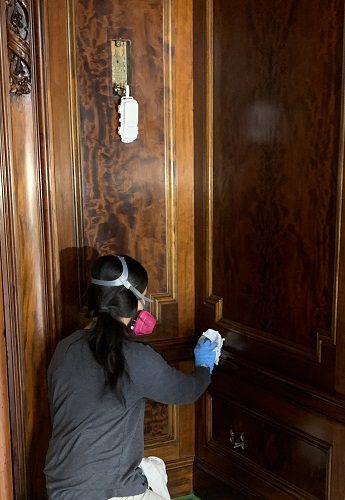
Restoration of a Wooden Panel at the Henry Ford Estate.
Because the antique woodwork of Henry Ford Estate was crafted mid-19th century, the original finishes used are less durable than their modern equivalent; therefore, the refurbishing crew of Canning company took great care in their removing and re-application of a more suitable finish. Elements which need to be considered in such a restoration process include the texture, porosity, style, and age. More details on this project and other wood restorations by John Canning & Co. can be found here.

